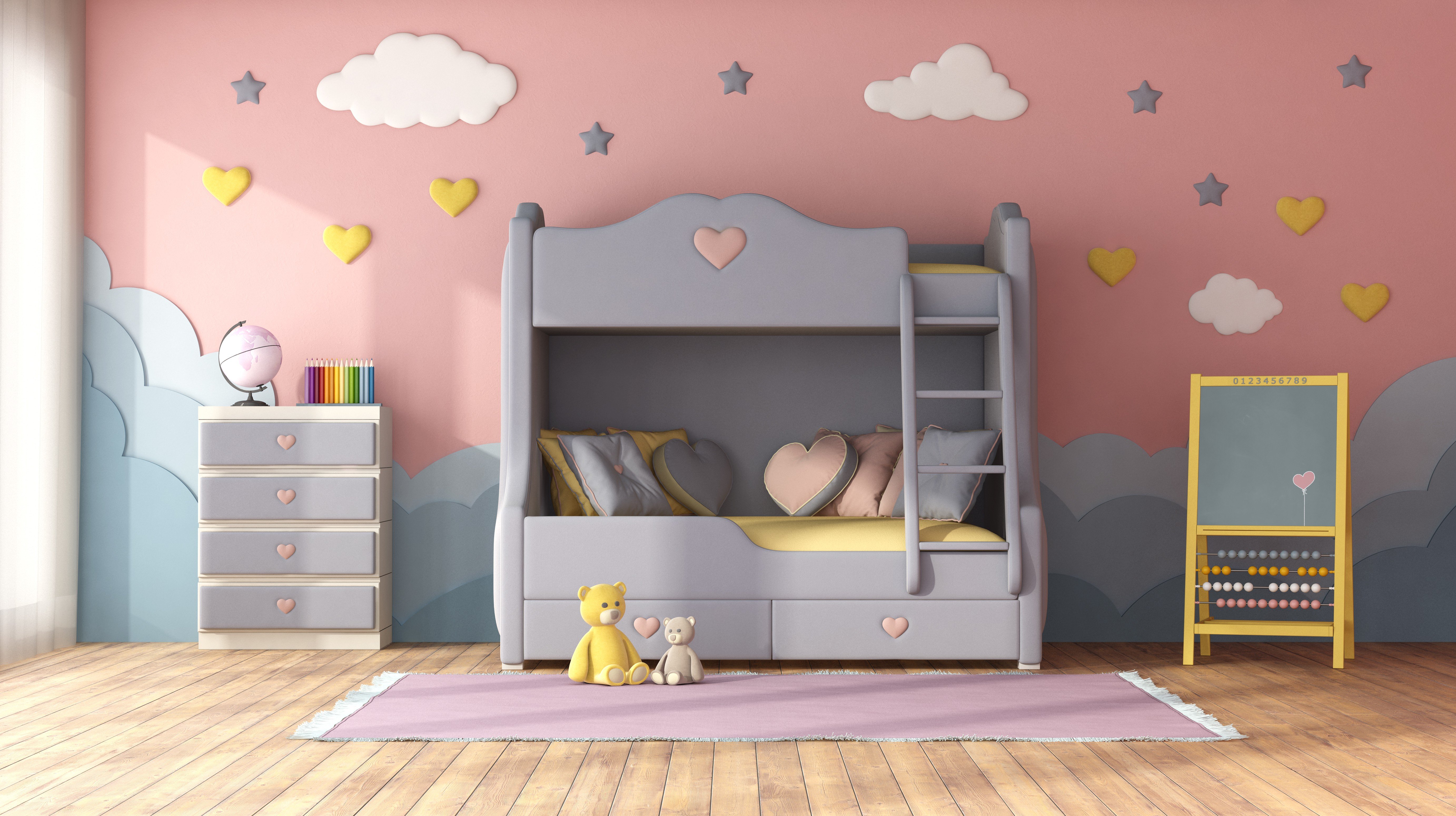7 Tips About Kids Bunk Bed That No One Will Tell You
The Ultimate Guide to Kids Bunk Beds: Maximizing Space and Fun
With the rise of vertical living and smaller spaces, the appeal of bunk beds has actually skyrocketed among families. Bunk beds not just provide a useful sleeping option, especially in shared rooms, however they also bring an element of fun into a child's life. This comprehensive guide looks into the features, advantages, and considerations of kids' bunk beds, making it easier for parents to select the ideal bed for their little ones.
Functions of Kids Bunk Beds
Bunk beds are versatile furniture pieces that serve more than a single function. Here are some crucial features to think about:
Feature
Description
Product
Bunk beds can be built from wood, metal, or a mix of both, offering differing levels of sturdiness and design choices.
Security Features
A lot of bunk beds come equipped with guardrails, safe ladders, and capped supports for security, particularly crucial for children.
Style Variety
Alternatives range from timeless styles to modern styles, making sure a match for any room design.
Space-Efficiency
Bunk beds use vertical space, making them perfect for smaller sized spaces.
Convertible Options
Some designs can be converted into 2 separate beds, supplying flexibility as children grow.
Storage Solutions
Some bunk beds come with built-in storage drawers or racks, assisting to keep the space organized.
Advantages of Kids Bunk Beds
Buying a bunk bed features a number of benefits:
- Space Saving: Bunk beds take full advantage of flooring space, enabling more backyard or storage options.
- Fun Factor: With a bunk bed, kids have a location that cultivates creativity and friendship during slumber parties or playdates.
- Cost-efficient: Instead of acquiring two different beds, a bunk bed can accommodate 2 kids at the same time, saving cash in the long run.
- Flexibility: Many bunk beds can be dismantled or transformed into twin beds, making them a long-lasting investment as children's requirements alter.
- Social Interaction: Bunk beds motivate family bonding and friendships, supplying an inviting space for children to share stories and laughter.
Considerations When Choosing a Kids Bunk Bed
When choosing the ideal bunk bed for a kid, parents must consider various elements:
- Safety Standards: Ensure that the bunk bed complies with safety regulations and includes essential safety features.
- Age Appropriateness: Different models cater to different age. For example, traditional bunk beds might not be appropriate for younger children.
- Room Dimensions: Measure the bedroom to ensure the bunk bed fits appropriately, enabling space to move around easily.
- Weight Capacity: Consider the weight load of each bed and ensure it accommodates the kid's weight comfortably.
- Design Preferences: Letting children take part in the choice process can assist them feel more ecstatic about their new bed.
Kinds Of Kids Bunk Beds
Bunk beds come in various styles and setups to fit numerous requirements:
Type
Description
Requirement Bunk Bed
A classic style with one bed stacked on top of another, usually using a ladder to access the top bunk.
L-Shaped Bunk Bed
Features two bunk beds connected in an L-shape, often more large and suitable for kids sharing a space however requiring a bit more space.
Triple Bunk Bed
Comprises three stacked beds, suitable for maximizing sleeping arrangements in very limited spaces.
Loft Bed
A raised bed with space below that can function as a play area, study corner, or extra storage.
Futon Bunk Bed
Integrates a bunk bed on the top with a futon or couch beneath, making it great for pajama parties and maximizing room use.
Convertible Bunk Bed
Can be separated into 2 private beds, using versatility as kids's needs alter.
Taking Care Of Kids Bunk Beds
Keeping bunk beds is crucial for making sure durability and safety. Here are some easy care practices:
- Regular Inspections: Check the bed routinely for loose screws and tightened up bolts to guarantee stability.
- Cleanliness: Keep bedding tidy and fresh, rotating bed mattress for even wear.
- Guardrails: Ensure guardrails are safe and secure and in location, particularly if children tend to move a lot in their sleep.
- Air Circulation: Ensure the bed has enough airflow, preventing moisture buildup that can lead to mold or mildew.
FAQs About Kids Bunk Beds
Q1: At what age can a child securely utilize a bunk bed?
A1: Generally, kids aged six and older are considered safe to utilize the upper bunk due to the height and stability elements included.
Q2: Can I put a bunk bed near a window?
A2: It is suggested to avoid placing a bunk bed near windows to minimize the risk of falling or injuries.
Q3: Are bunk beds safe for younger children?
A3: While some modern-day bunk beds come with safety features accommodating younger children, it is typically suggested to wait until they are older, normally over 6 years.
Q4: What is the normal weight limit for top bunks?
A4: Weight limits differ by model however generally vary from 150 to 250 pounds. Constantly refer to Bunk Beds For Sale gerd.top .
Q5: How frequently should I inspect the bunk bed's security functions?
A5: It is a good idea to conduct a safety check every couple of months or whenever you discover any signs of wear.
Kids' bunk beds function as a strategic solution for families aiming to maximize space while supplying a fun and appealing sleeping environment for their children. With a range of alternatives readily available— from basic styles to loft beds— parents have the freedom to choose something that meets their family's particular needs. By considering important aspects such as safety, space suitability, and their children's choices, parents can make an educated choice, guaranteeing that each child is delighted about bedtime while taking advantage of a well-organized room.
